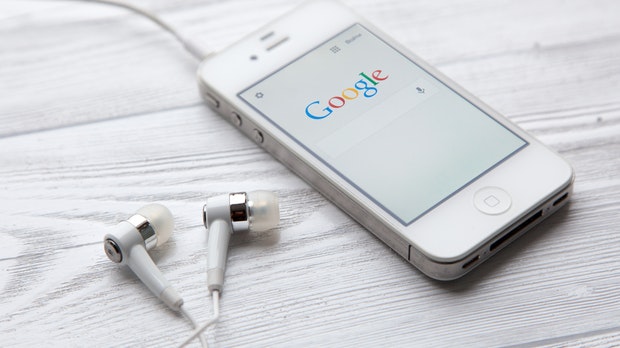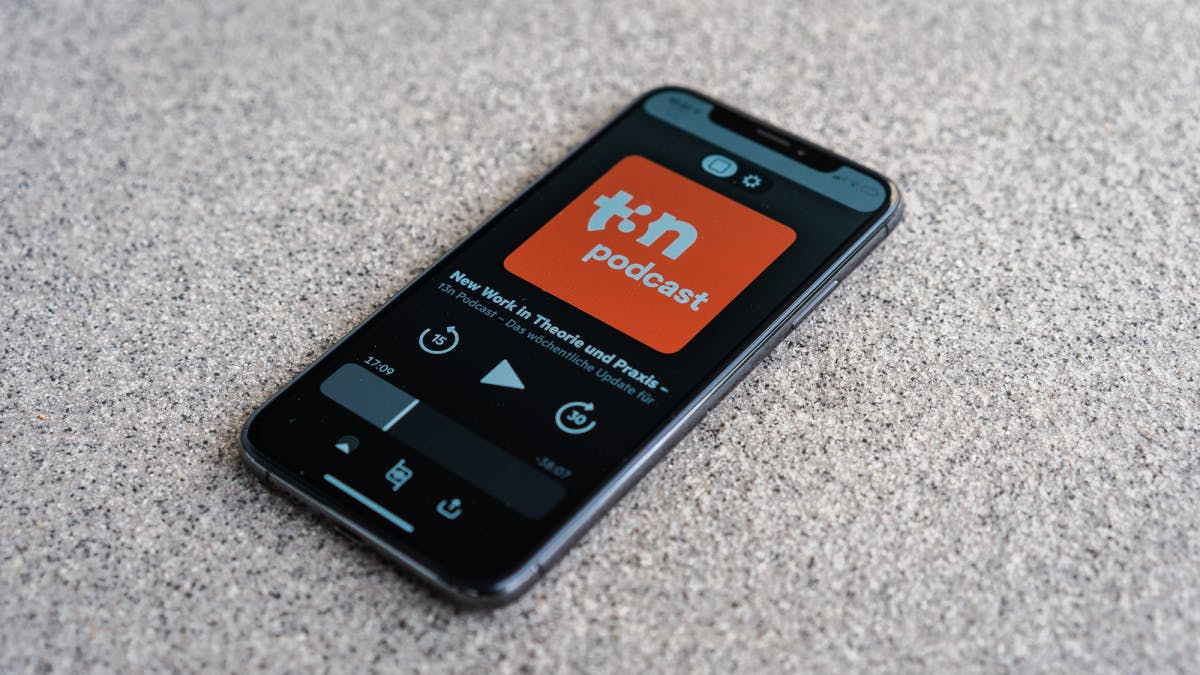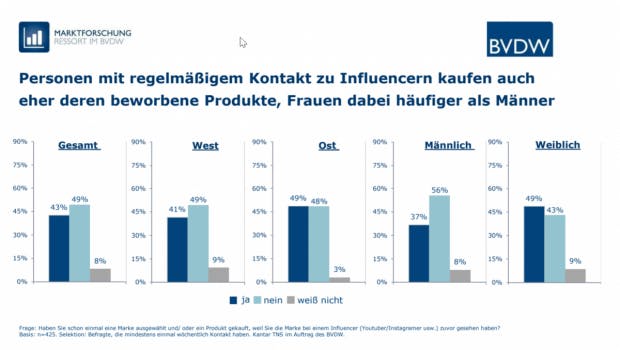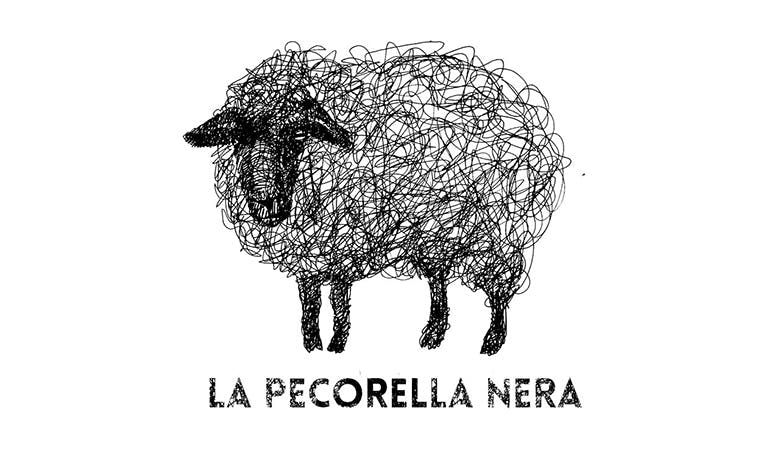With over half a million business start-ups all over Germany every year, it is really not easy to burn yourself into the many heads out there. But it is already feasible.
To build a brand that works, you have to combine what you know about yourself, your target audience and your competition with your personality. This is the only way to create your very own style and attract the people who celebrate it. It’s good that one of the basic elements for successful branding is a consistent corporate design that works across the entire brand, is very clear. That online marketing should be in line with the rest of the brand, too.
But in order to create a brand that rises like a phoenix from the ashes, logo, font and color must not stop there. Branding is more than that. It’s about credibility, authenticity, positioning and a great experience for your audience.
Sounds like something you absolutely have to have, doesn’t it? Well then go!
1. Create positive experiences
The customer is king and he doesn’t want that to be missed. As soon as the appreciation flutters, the focus shifts to the other end of the world and you lose sight of customer needs, the customer and trust are also quickly lost. And without customers, any brand is worthless.
Even with the impolite or aggressive, it pays to go the “royal road”. Often it is these pessimists who later become your most loyal customers.
2. Keep your promises
If it says “I’ll deliver the desired graphic by 4pm on Thursday”, it would be fatal not to do that. Because we all know: Once the reputation has been ruined, success is as if it were erased and the downfall is postponed. Time management and concentration are essential. Nothing is worse than paying you 220 euros an hour for overlooking or forgetting important information. And that’s only because you’re doing Larifari and everything is rushing.
It also doesn’t hurt to deliver more than agreed. It doesn’t have to be big, but if the customer isn’t expecting something, a smile is guaranteed. Just like the memory of you.
3. Be present and available
If you want to be influential, you have to be respected first. And that doesn’t happen if you are never available. Make it easy for customers to get in touch with you. Because let’s be honest: if we are interested in a product or service, nothing is more frustrating than the fact that nobody can be reached.
As soon as you become careless, it will fall back on your brand and your credibility faster than you can say “I am believable”.
4. Be a resource
One of the most powerful ways to connect with people is to help them. But you have to want it from the bottom of your heart! We often have it in our urine when generosity is fake. Be honest and they’ll trust you.
This also applies to your service. Give your prospects useful information that will help them understand your industry and what you do. Without hiding facts or falsifying the truth – depending on customer needs.
5. Build relationships
Ask your customers for feedback so you can make your product even better. And if they give feedback, respond to it . You can also include them when it comes to suggestions and ideas for changes or innovations. If they are allowed to participate, this not only strengthens your business relationship, but also brand loyalty.
Speaking of attention and reach: If you want more of it yourself, don’t be afraid to contact people who can support you. Take the time to look out for influencers, mentors, and industry peers.
6. Stay human
Do you want your brand to appear human and accessible instead of cold and distant? Then relax a little and show yourself to the world. Be funny, be thoughtful, be clumsy, be yourself – people can sense this and will feel any situation with you.
It also becomes a game changer if you give your brand a face. People need a face they can relate to. And if it’s a speaker or a mascot. Good as well! The main thing is a brand face.
7. Take the lead
“Most of the time, people don’t know what they want until you show them,” Steve Jobs once said. While people know what problem they have and that it needs urgent resolution, it is up to you to show them how to solve their problem or meet their need. Please refrain from using the old-school-in-your-face sales methods. Nobody likes them, everyone hates them. You are the reason potential customers will pull away.
Also keep in mind that when you buy something, you usually get a few remorse. So it is better to support your customers in making their decision comfortable by confirming it.
8. Be original and authentic
There is absolutely no point in copying someone. Because you don’t have to address his, but your target group; respond to the interests of your people. And with your style! That’s why you can let the freak out and decorate your brand with your personality. Because it is what makes a brand unique and what makes unknown customers into customers.
Be original. However, if you lack creativity, invest in mentors and experts. Because think about how well you can present yourself to the maximum if you are only satisfied with what you can do with your own hands.
But don’t overdo it and put everything on a usefulness test. Sometimes the uniqueness wanders into nonsense. And then we have adhesive tape that smells like lemon or business cards that give the pants an unwanted shape in the most impossible places.
9. Speak the language of your target audience
If your customers are using technical jargon, let your eloquence speak too. If not, there is little sympathy for talking to your target group like this. Make it as easy as possible for them to understand you by using the same jargon. But only as far as your authenticity gets.
The thing is, your audience will grow and change over time. To stay relevant, grow with them. Adapt your brand, including the language, to the new circumstances.
10. Bring really everything into your brand
In order to be effective, your brand has to run through every fiber of your actions. Don’t leave anything unbranded here and be consistent in the same way. It doesn’t matter which medium you use – from imagery to message, from print to product.
And always keep an eye on the whole. No matter what you offer your customers, it always has to serve your brand and not distract from it.















